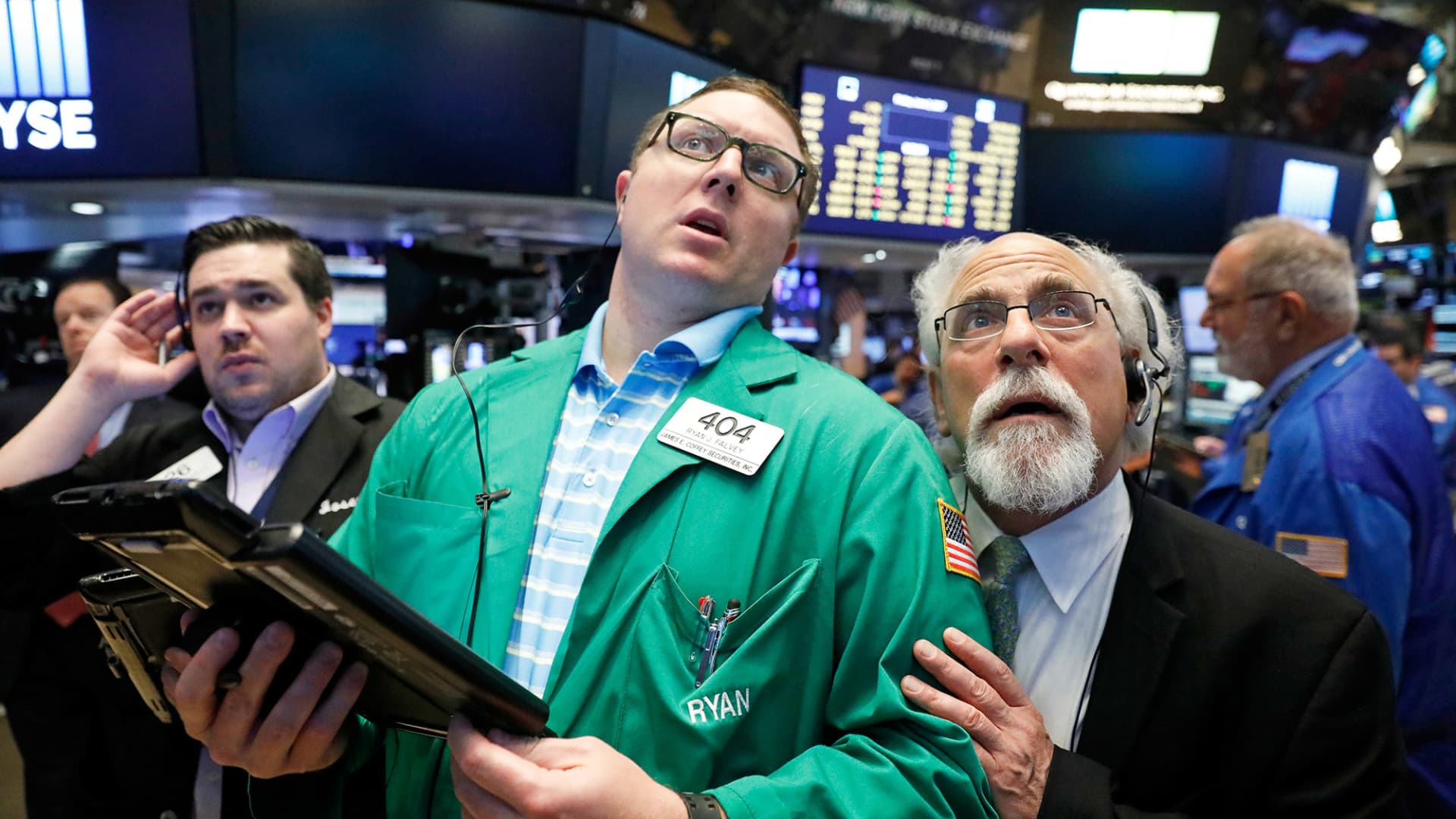
The technical setbacks with Boeing’s Starliner mission highlight ongoing challenges for the aerospace company, particularly in regaining trust and stability. Boeing’s Starliner was launched with astronauts Butch Wilmore and Sunita Williams. It was the spacecraft’s first human-crewed mission to the International Space Station (ISS). The engine malfunctions and a helium leak were detected soon after launch. These issues prompted NASA to opt for an alternative return plan using SpaceX’s Crew Dragon capsule, prioritising astronaut safety over-reliance on Boeing’s vehicle.
A Series of Setbacks and Repercussions
Boeing’s Starliner troubles add to a difficult history of technical issues and high-profile incidents that have tarnished the company’s reputation for reliability. The setbacks with Starliner are not isolated; Boeing’s commercial division also faced significant scrutiny following the tragic 737 Max crashes in 2018 and 2019.
A U.S. Congressional report in 2020 noted that cost-cutting pressures contributed to critical safety oversights, which, in turn, compromised public confidence in Boeing’s products. The Maneuvering Characteristics Augmentation System (MCAS) is a system intended to prevent stalling, became a focal point of these accidents due to inadequate pilot training and lack of system transparency.
In response, Boeing restructured its safety processes and expanded oversight measures, but the impact on its reputation persists.
Challenges in NASA’s Commercial Crew Program
Boeing and SpaceX were awarded contracts in 2014 as part of NASA’s Commercial Crew Program, receiving $4.2 billion and $2.6 billion, respectively, to develop astronaut transport vehicles. SpaceX’s Crew Dragon made its first successful crewed flight in 2020 and has since consistently launched missions to the ISS. Boeing, however, has struggled with Starliner, which has yet to complete a fully successful mission with a human crew.
Future of Space Transportation and Competition
NASA’s need for reliable spacecraft suppliers has shifted in favour of SpaceX. They now regularly fulfills transportation requirements for the ISS. Boeing’s recent challenges may encourage NASA to diversify its partnerships further. Companies like Sierra Space are also exploring the development of crewed space vehicles, potentially adding to NASA’s options.
A Long Road Ahead for Boeing
Despite these difficulties, Boeing remains committed to addressing safety concerns and restoring trust in its capabilities. The company’s financial performance, however, reflects the strain, with $32 billion in losses since 2019. As NASA prepares for the ISS’s eventual decommissioning in 2030, new commercial space stations may open opportunities for Boeing’s Starliner.






